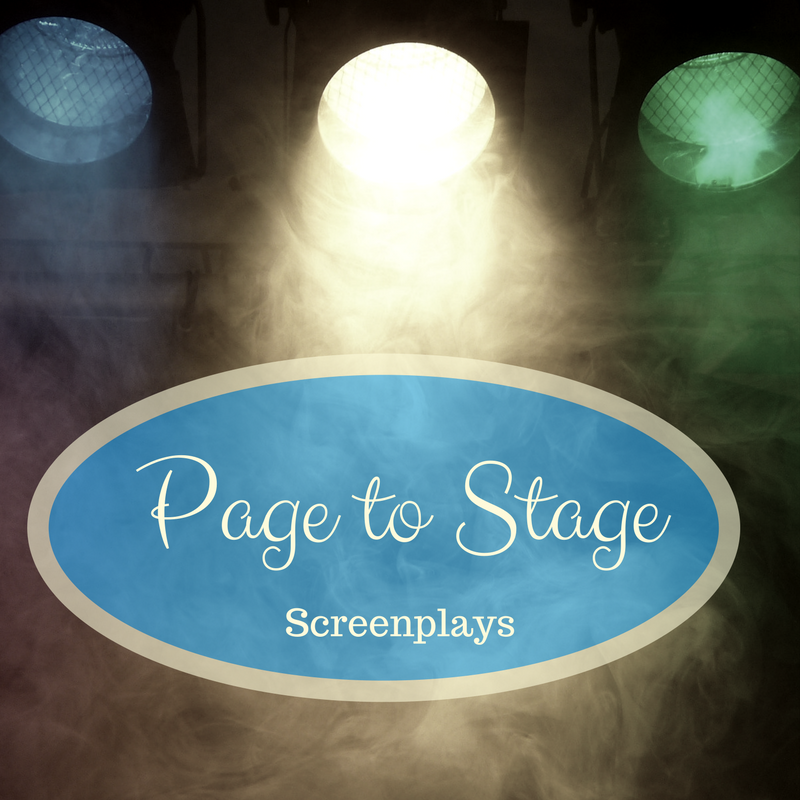Last month I finished another rewrite of a screenplay I’ve been working on this year. Although I cut a lot and made the story more visual, there are still a few aspects I want to improve. Additionally there is a subplot I want to develop a little more.
As excited as I am about continuing to improve a story close to my heart, I’ve decided to take a small break from working on it. Hopefully, stepping away for a minute will give me clarity about the subplot and help me say what I want to say through the narrative without adding any unnecessary scenes or dialogue. Because simple, economical writing is important in screenwriting:
- Less is more: the best writers know how to say more by writing less.
- Too much detail is counterproductive: giving too much detail leaves less room for the audiences’ imagination.
- Show versus tell: showing action is always more visual than telling.
Actions speak louder than words anyway. In film, this is more powerful than ever. For instance, a girlfriend wants something from her boyfriend, but doesn’t want to have to tell him. She hopes he knows her well enough to know what she’s thinking.
Will he be able to know what’s needed without ever saying or hearing a word? The silence can show the depth of their relationship or lack thereof.
Silence can be just as effective in storytelling, because silence speaks.
Silence Speaks?
Silence speaks may be an oxymoron, because silence is the total absence of sound—yet there are other ways to communicate. The Intellectual human nature allows us to communicate thoughts, desires, and feelings in a thousand different ways.
Going back to our hypothetical couple scenario, couples have the capacity to argue and never use a single word: gestures, facial expressions, body language, even audible but nonverbal sounds are just a few ways we express ourselves. Not to mention the good old-fashioned silent treatment some use as weapons to express hurt.
The fact is we all know when we need to talk and when words unnecessary. Furthermore, there are times when we don’t know how to express ourselves through verbal communication.
This facet of silent communication enhances the realness, the life-likeness of a film’s story. Robert McKee explains, “Silence is the ultimate economy of language.”[i] Silence isn’t communicating less; it’s communicating more through less telling. But it is communication nonetheless, possibly at the deepest level.
McKee continues, “as you compose dialogue, I think it’s useful to imagine character design–three concentric spheres, one inside the other—a self within a self within a self. This three-tiered complex fills dialogue with content of thought and feeling while shaping expression and gesture and word.”[ii]
The three spheres represent the following:
- The said: the surface level of things said.[iii]
- The unsaid: revolves within a character. His thoughts and feelings form at this level, the self deliberately withholds them.[iv]
- The unsayable: concealed beneath the unsaid, the sphere of the unsayable roils with subconscious drives and needs that incite a character’s choices and actions.[v]
Before I started on my latest rewrite a writer friend who is also an actor told me, “When there is less dialogue, it allows the actor to act more.” In other words, when actors use fewer words and more gestures, facial expressions and movement to bring their characters alive, their stories are more visual.
When you let your characters interact with their settings, other characters and even their innermost feelings or demons, you can increase the level of conflict without using a single line of dialogue. This is how you show and not tell in a film.
Show Me?
Sure most movies have memorable lines, but the most memorable movies contain powerful scenes that show without telling. Recently, Avengers Endgame became the top grossing movie ever. Who will ever forget the final battle scene, although it had very little dialogue?
In film, when writers tell through dialogue it is called exposition and this is bad writing for a few reasons:
- It’s a boring and takes too much time than what we could visually experience in a few seconds.
- Thus, it slows the action on screen down.
- It cheats the audience of a full theatrical experience.
McKee shares, “Big helpings of static exposition choke interest.”[vi] Remember the nature of film is visual. The scariest movies scare us by what we see, not what we hear. Below are two examples of scary scenes with little or no dialogue, one is old and one is new.
Did you catch the facial expressions of the characters? How they interacted with their environments and or other characters? We experience fear because the silence speaks.
[i] McKee R. (2016). Dialogue: The Art of Verbal Action for Page, Stage, and Screen (Kindle edition) pg 92.
[ii] McKee R. (2016). Dialogue: The Art of Verbal Action for Page, Stage, and Screen (Kindle edition) pg 45.
[iii] McKee R. (2016). Dialogue: The Art of Verbal Action for Page, Stage, and Screen (Kindle edition) pg 46.
[iv] McKee R. (2016). Dialogue: The Art of Verbal Action for Page, Stage, and Screen (Kindle edition) pg 46.
[v] McKee R. (2016). Dialogue: The Art of Verbal Action for Page, Stage, and Screen (Kindle edition) pg 48.
[vi] McKee R. (2016). Dialogue: The Art of Verbal Action for Page, Stage, and Screen (Kindle edition) pg 23.

Martin Johnson survived a severe car accident with a (T.B.I.) Traumatic brain injury which left him legally blind and partially paralyzed on the left side. He is an award-winning Christian screenwriter who has recently finished his first Christian nonfiction book. Martin has spent the last nine years volunteering as an ambassador and promoter for Promise Keepers ministries. While speaking to local men’s ministries he shares his testimony. He explains The Jesus Paradigm and how following Jesus changes what matters most in our lives. Martin lives in a Georgia and connects with readers at Spiritual Perspectives of Da Single Guy and on Twitter at mtjohnson51.


 We love helping your growing in your writing career.
We love helping your growing in your writing career.

No Comments